This is a very interesting article that I am sharing in it's entirity as we can all learn from this.
FRESH – World’s Wildest Supermarket - part 1
by Kenneth Gronbjerg
A holistic and most outrageous concept being turned into reality in Denmark.
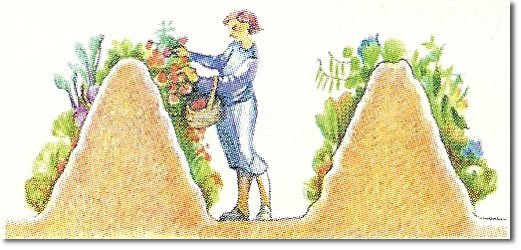
Fresh is the concept for an organic, living supermarket in cities and villages, were instead of taking the items off the shelf, the customer harvests the produce directly from raised beds.
A system that works along with nature rather than against it.
By harvesting, the customer contributes to the work of producing to such a large extend that the produce can be offered at a never before seen quality and low charge. It’s almost for free. This is what you may call a win win win win situation!
Man is the only creature that has to pay for living on planet earth. All other creatures get their food directly from nature and the ecosystems they are part of. We share many essential conditions for life with both plants and animals. We share for instance soil, water, air and sun light. Our food comes from nature, and the only reason why we process our food is business. We grow our food in rows on fields. We remove weeds, harvest, store, package, transport and sell our food to process it further.
The system is designed out of economic interest and thus fails to address the fundamental values of food. During the production, the essential living conditions for the actual crops are removed. The crops therefore turn sick and are affected by various diseases and pests, which subsequently are controlled with poison. As the produce finally appears in the shelves of the supermarkets, it lacks the quality of proper food.
All processing of food diminishes its quality, whether it is the tilling of the soil or the processing of the actual crop. Nutrients diminish from the moment of harvest, so that the food, once it is delivered to the customer in the supermarket has lost most of its nutritional value.
FRESH is a highly productive place offering the totally fresh and healthy produce at low and sustainable cost. It is an experimental site for the conceptual development of urban farming systems for the future. It is a centre for exchange of knowledge in growing systems, companion planting, plant’s interactions with nature and their use for man. It is a centre for courses offered to schools, institutions, associations, companies and private people… with courses in food preparation, nutrition, herbs, medicine, cosmetics, growing systems, and the use of plants, etc.
To be established
- A raised bed area in a forest garden environment for intensive cropping and self harvest.
- A place to experience and teach ecology.
- The physical framework for education in plants, healthy food and medicine.
- Literally, an experience of growing with nature, the discovery of old and new crops in mixed settings with plants and animals, where people can become part of the system.
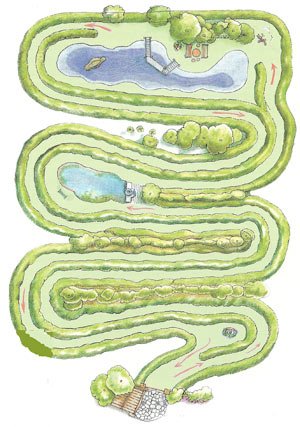
From: Sepp Holzer’s Permakultur,
Leopold Stocker Verlag, 2008
The basic construction
- Import of wood (partly as tree trunks, and partly as wood chips) and mushroom mycelium as a basis for the establishment of the raised beds and to start the decomposition process.
- Planting of a forest garden including the planting of fast growing trees for sustainable production of biomass.
- Establishment of a species-rich seed collection from breeders and seed collectors.

From: Sepp Holzer’s Permakultur, Leopold Stocker Verlag, 2008
Alternative models for possible financial support
- Raising of financial support and employment of a group of professional gardeners that establish the first physical framework, e.g. raised beds.
- In cooperation between the community and local residents as a socio-ecological project or as an activation program for unemployed people.
- Through courses and the active participation of students in the construction.
The mission
Food production does not need to depend on fossil fuel energy, pesticides or artificial fertilizers. The entire chain from production to consumption can work out completely independent of fossil fuels.
Health does not depend on medical care but nutritious food. Healthy crops produced under natural conditions.
Such benefits cannot be offered by any of the existing production systems in Denmark. Only radical new concepts, such as FRESH, can and will create the desired resilience for the future food production and health of the consumers.
The holistic view on food generates culture. From soil to soil, from table to table and from mouth to mouth.
FRESH will provide the physical framework for development of growing systems and its subsequent circulation to the public. FRESH will serve as inspiration for social entrepreneurs and companies having their focus on social ecology rather than conventional economy.
FRESH will be of benefit for the society at broad, as it will secure food production and resilience independent of the current economic system.
The vision
Fresh will be an ecosystem with plants, animals and humans. Children will learn about essential living conditions as provided by the garden.
Paradise derives from persian language and means ”fenced garden”, and if the garden is designed properly, it will contain all the essential conditions for life to thrive.
FRESH provides education in entity.
We learn about the needs for plants as well as human, and we learn about ecology as a sustainable alternative to economy.
The knowledge will be explored in an open and integrating process and will be spread through consultancy, practical demonstration and guidance.
To be continued...
very useful !








 Reply With Quote
Reply With Quote










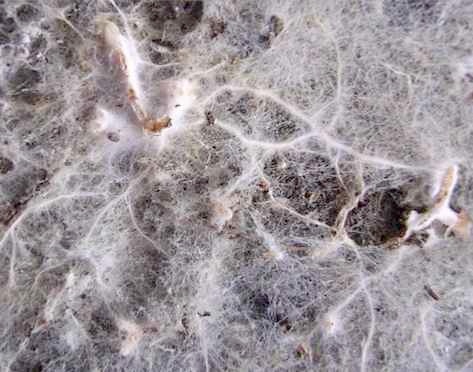
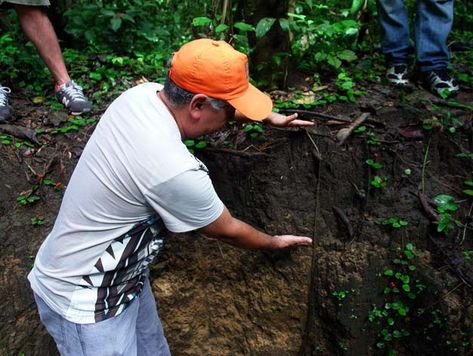


 Thanks
Thanks  that was amazing !
that was amazing !






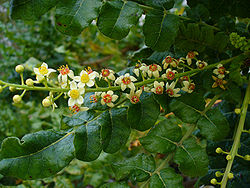


Bookmarks